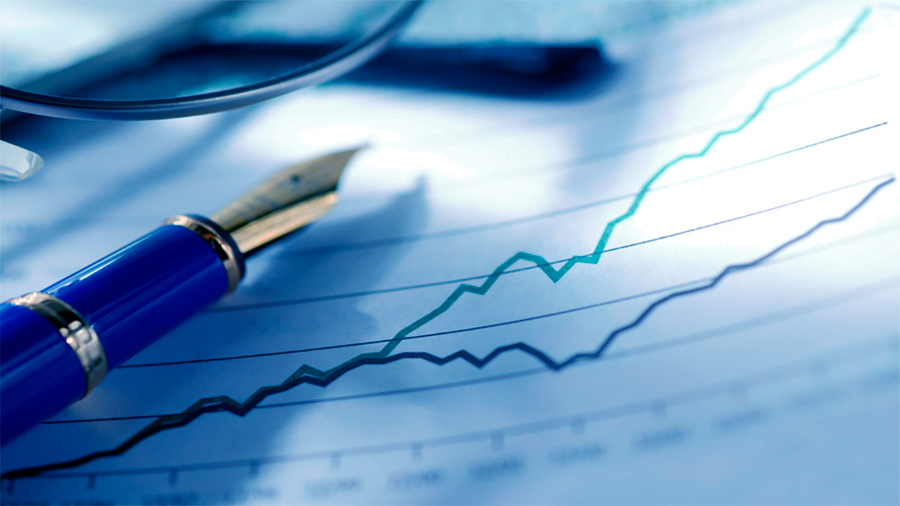How the Unemployment Index Guides Economic Policy
Behind every jobs report is a number that shapes government decisions, market movements, and household expectations: the unemployment index. This measure reflects the share of people seeking work but unable to find it. While simple at first glance, its role in economic policymaking is enormous. Central banks, finance ministries, and even city councils watch unemployment closely to decide when to stimulate, when to hold back, and how to balance growth with stability. Understanding how this index guides policy helps explain why a single percentage point shift can change entire strategies.
Why Policymakers Track the Unemployment Index
The unemployment index acts as a real-time health check on the labor market. A low rate signals strong hiring, while a high rate points to slack and weak demand. Because employment ties directly to consumer spending, tax revenues, and social stability, governments rely on this indicator to time interventions. If joblessness rises sharply, fiscal authorities may roll out stimulus checks or expand infrastructure spending. Monetary authorities might cut interest rates to encourage investment. By contrast, when unemployment dips too low, inflation risks rise as firms compete for scarce workers. This dual role makes unemployment both a warning light and a guidepost.
Employment as a Demand Anchor
Consumer demand drives most modern economies, and employment is the backbone of that demand. More people working means more disposable income flowing into markets, boosting retail, housing, and services. A rise in unemployment quickly reduces purchasing power, hitting small businesses and large corporations alike. That ripple effect explains why even a small change in unemployment rates commands so much attention in policy circles.

Historical Patterns in Unemployment and Policy
Looking back, spikes in unemployment have almost always triggered bold interventions. During the 2008 financial crisis, unemployment in the U.S. reached 10%, prompting unprecedented stimulus spending and emergency lending programs. In contrast, periods of extremely low unemployment, such as the late 1960s in America, saw inflationary pressures build, forcing central banks to tighten policy. These historical examples illustrate the balancing act: too little intervention during joblessness risks recession, while overstimulation during low unemployment risks runaway inflation. Policymakers aim for a middle path where labor markets stay strong but price growth remains stable.
Example from Europe
In the Eurozone, unemployment gaps between northern and southern countries have influenced debates on shared fiscal policies. High joblessness in Spain or Greece created political pressure for EU-wide stimulus, while low unemployment in Germany sparked concerns about inflation. The result was a compromise approach blending austerity with targeted relief. This shows how regional unemployment differences complicate policy even when a shared currency exists.
How the Index Is Calculated and Why It Matters
The unemployment index comes from surveys of households, asking if individuals are actively seeking work but not currently employed. While the measure seems straightforward, definitions matter. For instance, people who stop looking for work drop out of the calculation, lowering the index even if job opportunities remain scarce. Policymakers therefore examine broader measures, including underemployment and labor force participation, to get a fuller picture. Without this nuance, interventions risk missing the real problems, such as workers stuck in part-time jobs or discouraged individuals who have left the job market entirely.
Different Categories of Unemployment
- Cyclical unemployment: Caused by economic downturns and recessions.
- Structural unemployment: Stemming from mismatches between worker skills and job requirements.
- Frictional unemployment: Temporary, as people move between jobs.
Each type demands a different policy response, from retraining programs to direct stimulus spending.
Policy Responses and Their Impact
When unemployment rises, the policy toolkit expands quickly. Governments can cut taxes, boost welfare spending, or directly create jobs through public works. Central banks may lower rates or increase bond purchases to keep borrowing cheap. Conversely, when job markets run hot, authorities may scale back stimulus to prevent overheating. The unemployment index thus serves as the thermostat for the economy, signaling when to heat things up or cool them down.
Short-Term vs. Long-Term Measures
Short-term interventions, such as unemployment insurance extensions, offer immediate relief but can strain budgets if prolonged. Long-term solutions, like investing in education or infrastructure, build resilience but require patience. Policymakers juggle these timelines to avoid worsening either unemployment or fiscal stability.

How Different Levels of Unemployment Affect Policy Choices
| Unemployment Rate | Economic Signal | Policy Response |
|---|---|---|
| Below 4% | Tight labor market, rising wages | Monetary tightening, cautious fiscal policy |
| 4% – 6% | Healthy labor balance | Neutral stance, gradual adjustments |
| 6% – 8% | Weakening demand, early warning | Targeted stimulus, easing interest rates |
| Above 8% | Recession risk, lost incomes | Aggressive fiscal expansion, emergency measures |
Pandemic-Era Policy
The COVID-19 pandemic sent unemployment soaring across the world, with some nations seeing rates above 15%. In response, governments rolled out massive relief packages, central banks cut rates to near zero, and job retention schemes became common. These rapid responses prevented an even deeper collapse, but they also sparked debates about long-term inflation and debt sustainability. The pandemic showed how quickly the unemployment index can swing and how decisive action is required to stabilize economies during crises.
Regional Differences and Tailored Interventions
Unemployment does not hit all regions equally. Rural areas may struggle with structural job losses in farming or manufacturing, while urban hubs face frictional unemployment as workers shift between industries. Policymakers often need to design regional aid programs to address these variations. For example, training initiatives in deindustrialized towns may be more effective than broad national stimulus. Tailored responses ensure that funds reach the communities most in need, improving overall policy efficiency.
Future Trends in How Policymakers Use the Index
As economies become more digital, traditional unemployment measures may miss key dynamics such as gig work, freelance platforms, and informal labor. Policymakers are increasingly experimenting with broader employment indices that capture these realities. Another trend is predictive modeling, where real-time data like job postings and payroll apps supplement surveys to anticipate shifts before they show up in official statistics. This forward-looking approach helps governments respond faster, smoothing volatility and reducing shocks.
Projected Economic Costs of Rising Unemployment
| Unemployment Increase | Estimated GDP Impact | Inflation Effect | Consumer Price Rise |
|---|---|---|---|
| +1% | 0.8% GDP loss annually | -0.2% inflation | +1.5% on essentials |
| +3% | 2.5% GDP loss annually | -0.6% inflation | +4% on essentials |
| +5% | 4.5% GDP loss annually | -1.0% inflation | +7% on essentials |
The Conclusion
The unemployment index remains one of the most influential signals guiding economic policy. It informs central banks on when to adjust interest rates, tells governments when to spend or save, and shapes expectations for households and businesses alike. As economies evolve, the index itself is being refined to capture new forms of work and hidden underemployment. By following unemployment closely, policymakers aim to strike a balance between growth and stability, ensuring that short-term relief and long-term sustainability move together rather than apart.














